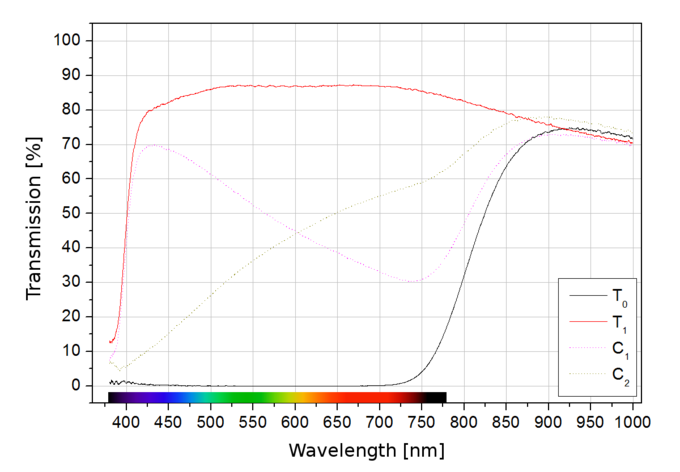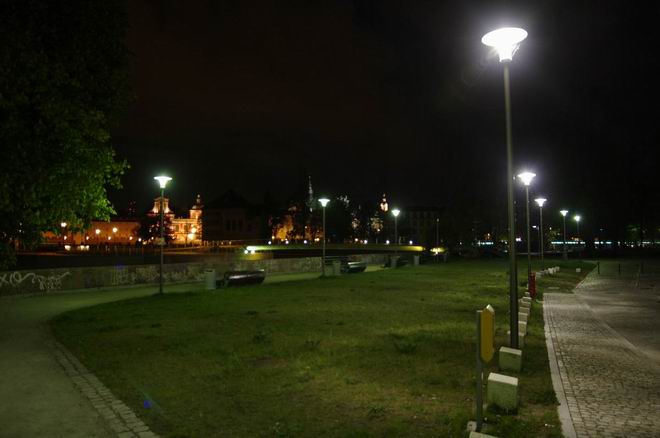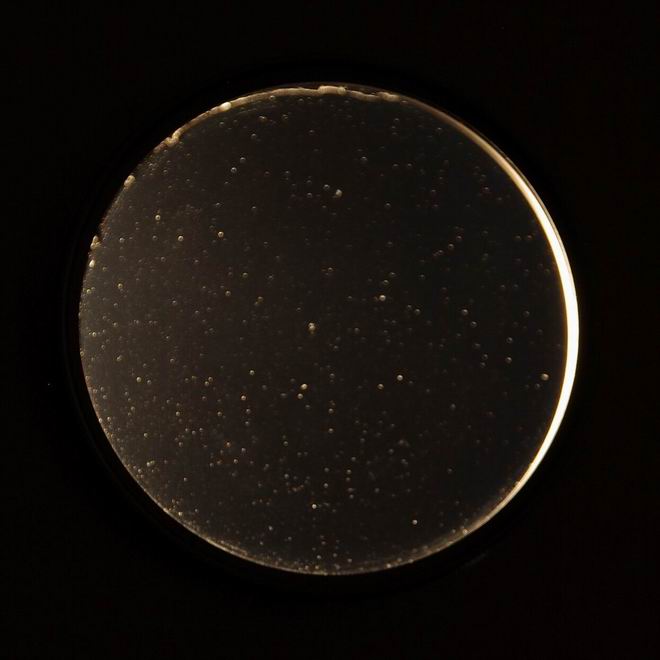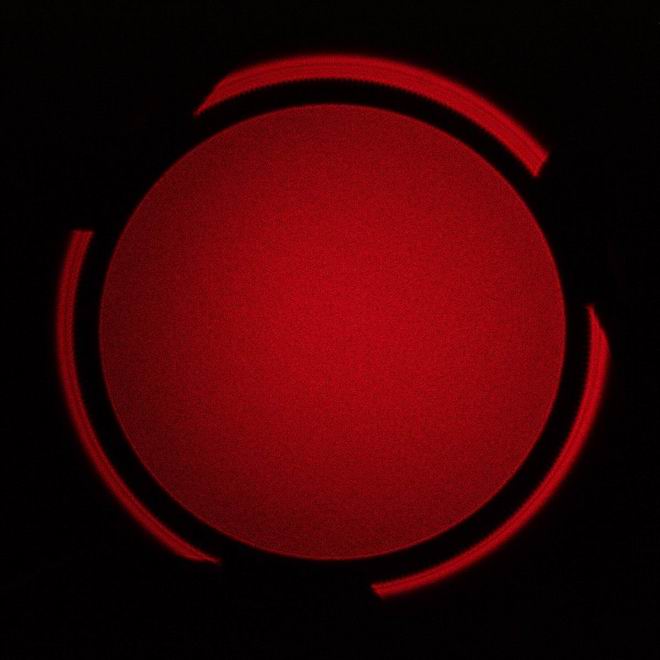Polarizing filters test 2015
22. NiSi Wide Band PRO MC C-PL
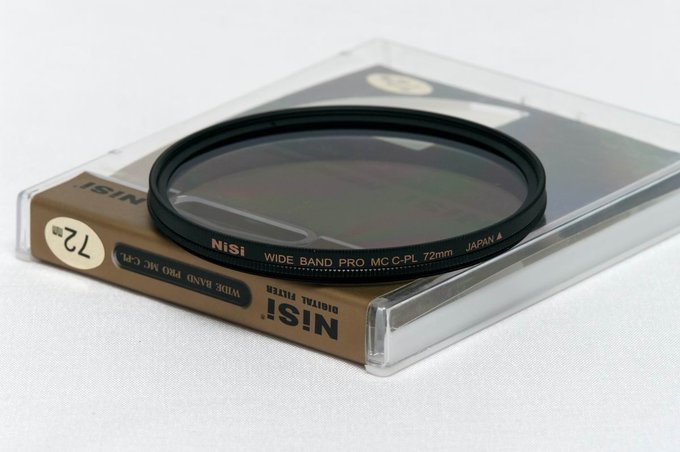 |
NiSi is a young Chinese company specializing in photographic filters. They were launched on the market not long before the publication of our first test. It’s worth checking whether their brand name competitors have anything to worry about.
Please Support UsIf you enjoy our reviews and articles, and you want us to continue our work please, support our website by donating through PayPal. The funds are going to be used for paying our editorial team, renting servers, and equipping our testing studio; only that way we will be able to continue providing you interesting content for free. |
- - - - - - - - - - - - - - - - - - - - - - - - - - - - - - - - - - - - - - - - - - - - - - - -
Results of the test
Final score: 28.4 / 37.5 pts (75.6%)
- Overall ranking: 6th place
- Econo-ranking: 7th place
Design, usage and summary
The filter makes a better impression than the DUS version. A screwed-on ring with a marker of polarization azimuth (the false reading by about 10 degrees could have been smaller). It works with a bit of uneven resistance but its parts fit well together and the surfaces are covered by broadband MC coatings which are relatively easy to clean. The filter is produced in Japan.A flat spectrum characteristics in the visible spectrum. Good mean transmission and the extinction coefficient for the middle of the spectrum, a bit worse on both ends. Like in the previous model the filter becomes translucent quickly in infrared.




